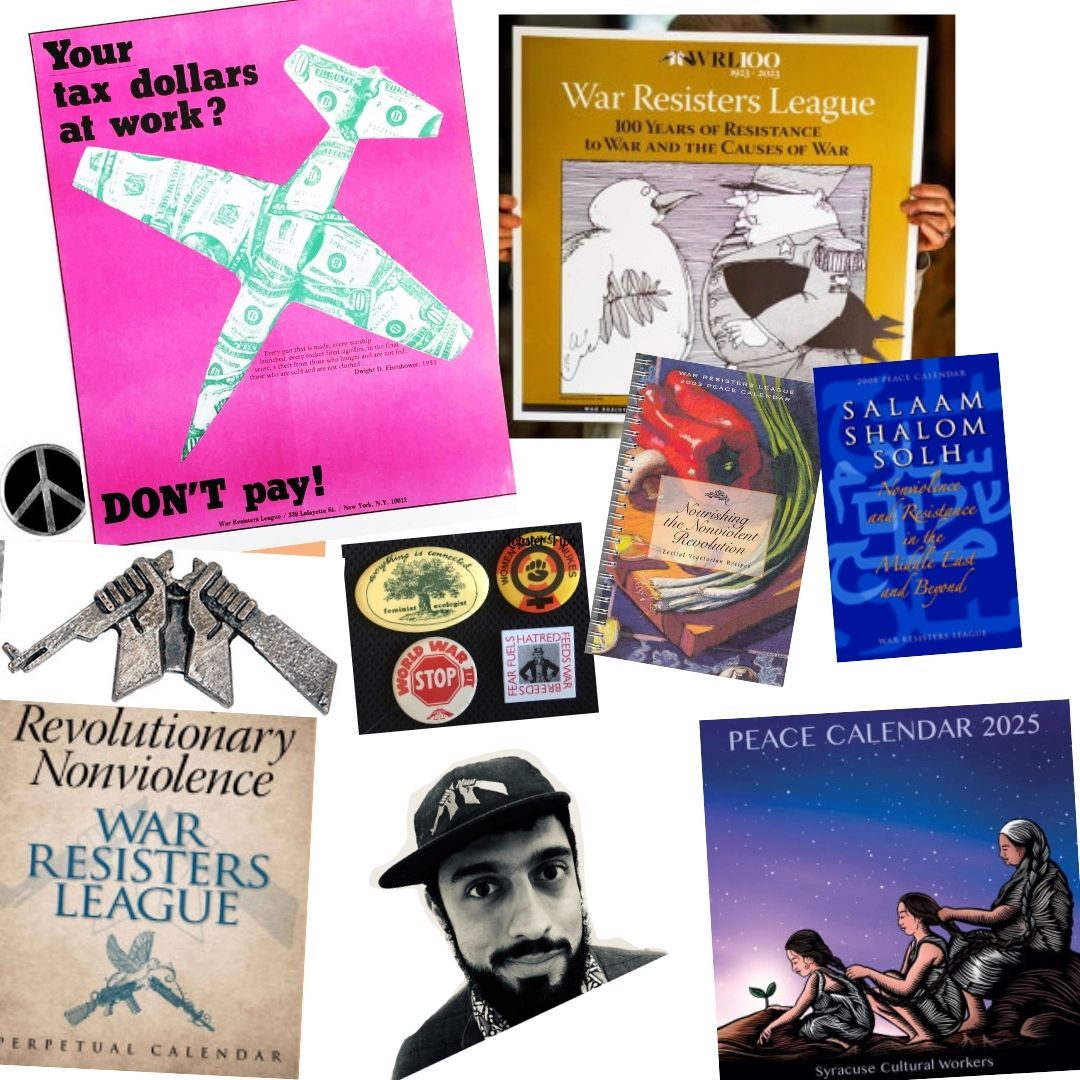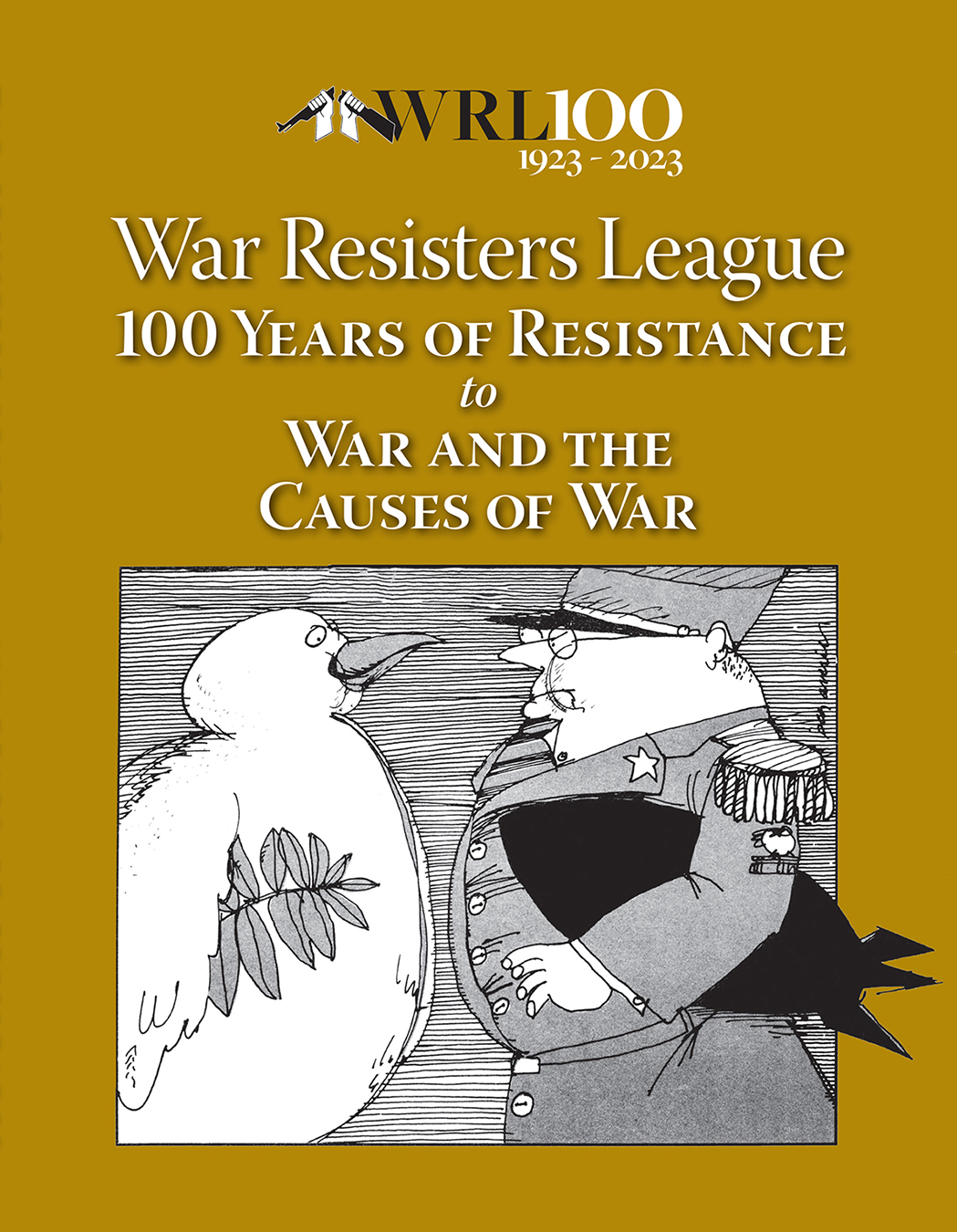Organizing with a Graphic Edge
The Real Cost of Prisons Comix
Edited by Lois Ahrens
PM Press, 2008, 104 pages, $12.95
Last year marked the tenth anniversary of both the founding of the prison abolitionist Critical Resistance group and the National Jericho Movement’s march in Washington, D.C., demanding the release of all U.S. political prisoners and prisoners of war. To commemorate the 1998 events, a Critical Resistance anniversary conference (CR10) was held in Oakland last September and Jericho organized a march to the United Nations last October.
Also in 2008, a new book documented both the accomplishments and shortcomings of the last ten years of political prisoner support movements. The Real Cost of Prisons Comix reprints three comic books published as part of the Real Costs of Prisons Project (RCPP), which began in 2000. As of April 2009, 125,000 comic books had been printed, with more than 115,000 distributed free to incarcerated people and their families, community groups, and college classes. Featuring artwork by Kevin Pyle, Sabrina Jones, and Susan Willmarth, all three books can be downloaded as well.
Prison abolitionists Ruth Wilson Gilmore and Craig Gilmore write in the book’s introduction that the RCPP’s value “has been to show us how the system of mass incarceration permeates our lives, who is paying the costs of that system and the many ways the system is vulnerable to people who put their thought and effort into organizing to shrink it.” Significantly, the RCPP’s comics “demonstrate that the ideas we need to change the world can be explained simply enough and packaged attractively enough to be used by all kinds of readers.” Prisoners and their families can “understand material usually circulated only among academics and those who focus on policy.”
Editor Lois Ahrens writes that “a central goal of the comic books is to politicize, not pathologize.” She argues that the “deregulation and globalization” of the last 30 years has “resulted in impoverishing urban economies, limiting opportunities for meaningful work and slashing funding for quality education, marginalizing the poor, and creating more inequality. The comic books place individual experience in this context and challenge a central message of neoliberal ideology: the myth that people can pull themselves up by their own bootstraps. In this paradigm, racism, sexism, classism, and economic inequality are not part of the picture. Most people now believe that change happens through personal transformation rather than political struggle and change.”
The recent growth of the prison-industrial complex (PIC) and mass incarceration is staggering. Ahrens writes that “every year from 1947 through the beginning of the 1970s, approximately 200,000 people were incarcerated in the U.S. Today, there are more than 2.3 million men and women incarcerated, with more than 5 million more on parole and probation.”
Prison Town debunks the myth that building a new prison actually helps revitalize a town with an ailing economy and instead illustrates the many negative costs that a new prison can impose. Prison Town also documents that many other towns learned by example and cited the prisons’ negative impact in successful campaigns to stop prison construction in their community.
Prisoners of the War on Drugs is a heart-wrenching look at the victims of the “war on drugs.” Judged by its stated purpose, the war on drugs has been a total failure, resulting in the mass incarceration of nonviolent drug offenders at a huge expense to taxpayers. Prisoners emphasizes harm reduction and treatment as a better solution, stating that the “war on drugs locks up more users than dealers. Most want to quit, but can’t. A year of treatment costs much less than a year of incarceration, plus: the person can work, pay taxes & take part in family life.” While drug laws may seem absurd, they appear to have hidden goals that are highly rational. For example, they have served to accelerate mass imprisonment, criminalize poverty, and erode civil liberties.
Prisoners of a Hard Life: Women & Their Children concludes the series. The stories presented here are mostly fictional but are based on the writers’ research and personal experience working with women prisoners. Ahrens explains that the stories “represent the lives of hundreds of thousands of people suffering as a result of the war on drugs.” Perhaps most outrageous is the true story of Regina McKnight, the first woman in the United States to be convicted of murder because of behavior while pregnant. When McKnight’s baby was delivered stillborn and an autopsy found traces of cocaine in the fetus, she was arrested and convicted of murder with a 20-year sentence. In 2008, following several appeals and eight years in prison, the South Carolina Supreme Court unanimously reversed her conviction, after concluding that there is no medical evidence of cocaine causing stillbirths.
Above all, this highly recommended book argues that prison-related issues are inseparable from racism, classism, sexism, and all oppression, so the more we know about prisons, the better informed our multi-issue activist strategies will be. It concludes that in working to abolish all oppression, we must also work to abolish the PIC.





